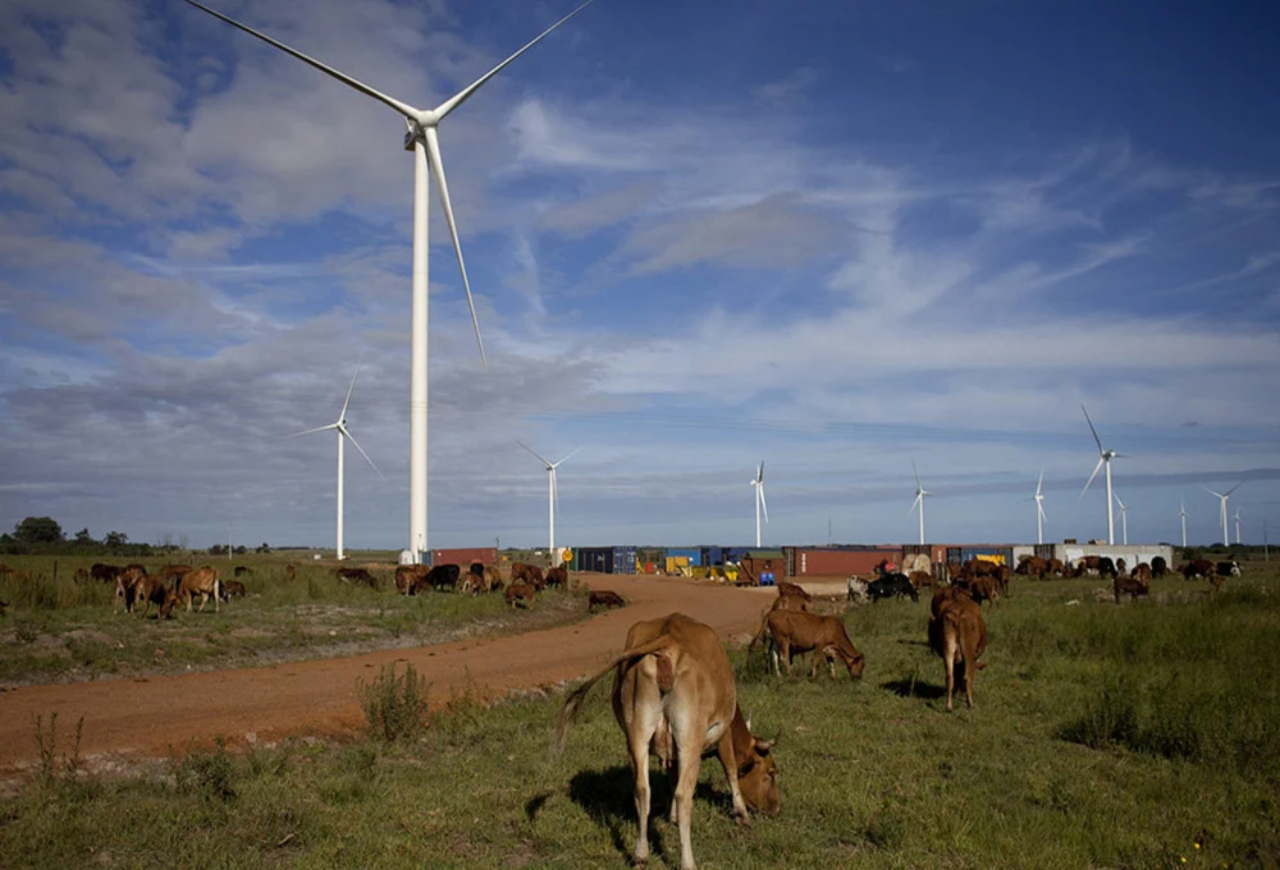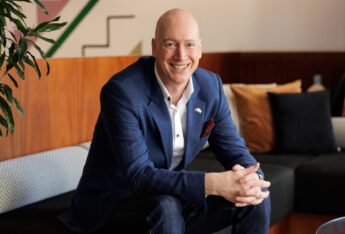Impact fund manager Gaia highlights the challenges facing the transition to clean energy in sub-Saharan Africa in the absence of a viable secondary market.

Gaia, the South African impact fund manager, has expressed concerns about the clean energy transition in sub-Saharan Africa. According to the firm, the region needs a meaningful secondary market to provide exits to early-stage investors in critical infrastructure, particularly renewable energy developers.
Gaia is currently fundraising for its $200m (€182m) Gaia Africa Climate Fund (GACF), which will focus on acquiring secondary equity interests in renewable energy, water and sanitation projects in sub-Saharan Africa.
However, it warned that such a secondary market was woefully lacking and that renewable energy developers and early-stage investors such as development finance institutions (DFIs) found themselves “stuck”, with few avenues for investors to realise the value of their investments and reinvest into new projects.

Speaking to Impact Investor, Jon Marius Hønsi, Gaia’s partnership manager, says: “The secondary market in infrastructure is where you see long term investors and asset managers, such as pension funds and life insurers, come into a project to release the early-stage investors but thus far, they have been absent from sub-Saharan Africa.”
Hønsi says common misperceptions about Africa saw investors from the Global North bundling all investments on the continent together as high risk and low return, and were to blame for the lack of a secondary market.
“That’s been proven wrong and wrong again,” says Hønsi, pointing to the default rates of African energy infrastructure plants, which he says were on a par with their European counterparts and lower than their American analogues.
Fast-tracking the clean energy transition
Earlier this year, Impact Investor wrote about efforts to attract public market investment to sub-Saharan Africa’s renewable energy sector.
Despite having abundant renewable resources, 600 million Africans lack access to electricity and the issue of energy access is compounded by low investment.
According to the International Renewable Energy Agency (IRENA) despite global investments in renewable energy growing rapidly to $2.8trn between 2000 and 2020, only 2% of that total went to Africa, dropping to less than 1% in 2021 – just $3bn of the $461bn invested globally, following the COVID-19 pandemic. A more illustrative example comes from the IEA, which cites Africa as home to 60% of the best solar resources globally, yet only 1% of installed solar PV capacity.
Gaia’s fund, which aims to reach a first close of $50m by the end of the year, will operate by providing an exit to traditional early-stage investors, on the proviso that the recycled developmental capital is used in the development of new greenfield infrastructure projects to help close this gap.
“By releasing all the early-stage investors and the renewable energy developers in particular, we can fast-track the green energy transition in Africa,” says Hønsi.
A secondary market would also speed up greenfield project financing, he adds. “Banks are more likely to lend to developers when they can provide more concrete assurances of when their investment will be released and their loans repaid. Catalysing the infrastructure development cycle in sub-Saharan Africa through secondary fund market mechanisms such as the fund mitigates exit risk, thereby making more projects in development bankable.”
As of today, Gaia is aware of 119 renewable energy projects in sub-Saharan Africa that needed an exit, according to Hønsi.
Growing investor interest
Despite the tough investment climate for African renewable energy infrastructure development, Hønsi believes the tide is beginning to turn.
“We are seeing the beginnings of a new trend. Against a backdrop of continuing inflationary pressures and a weak bond market, secondaries are getting more attention from international investors who see the market as a more cash flow stable investment, especially as they avoid the development risk that exists in the greenfield phase of infrastructure projects.”
Hønsi explains the nature of renewable infrastructure assets, which sell their energy on the basis of long-term power purchase agreements (PPAs), is perfectly aligned with the long-term investment horizons of many institutional investors.
“Pension liabilities for example, and infrastructure assets are perfectly aligned because the PPA contracts of solar plants, hydro stations or wind plants provide a fixed tariff price and stable inflation-linked cashflow, not exposed to stock market volatility, for 10, 15 or 20 years. This is where Gaia is trying to establish a secondary fund market mechanism in sub-Saharan Africa.”
Removing regulatory barriers
The Article 9 fund is domiciled in Luxembourg to attract US and European investors but Gaia is also in the process of listing the fund in Kenya, Botswana and Ghana to mobilise African private capital into what Hønsi calls “the climate infrastructure development cycle”.
He explains that African pension funds and other institutional investors are constrained in their ability to invest into critical African infrastructure partly due to regulatory requirements, which restrict them from investing into non-publicly traded instruments.
“African private investors, including pension funds and insurers, better understand African risk and wish to participate in infrastructure as an asset class but due to regulatory constraints and a lack of options have a disproportionate exposure to local bonds, causing a concentration risk for their members and shareholders. In addition, there is a desire to invest in ESG positive investments,” says Hønsi.
“Starting with Kenya, Botswana and Ghana, we want to enable African investors to invest in the secondary renewable energy market and the GACF to fulfil its catalysing role.”






